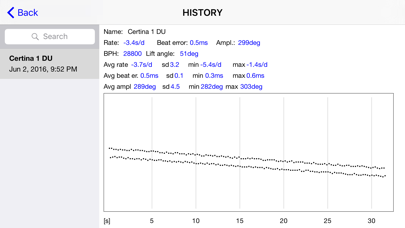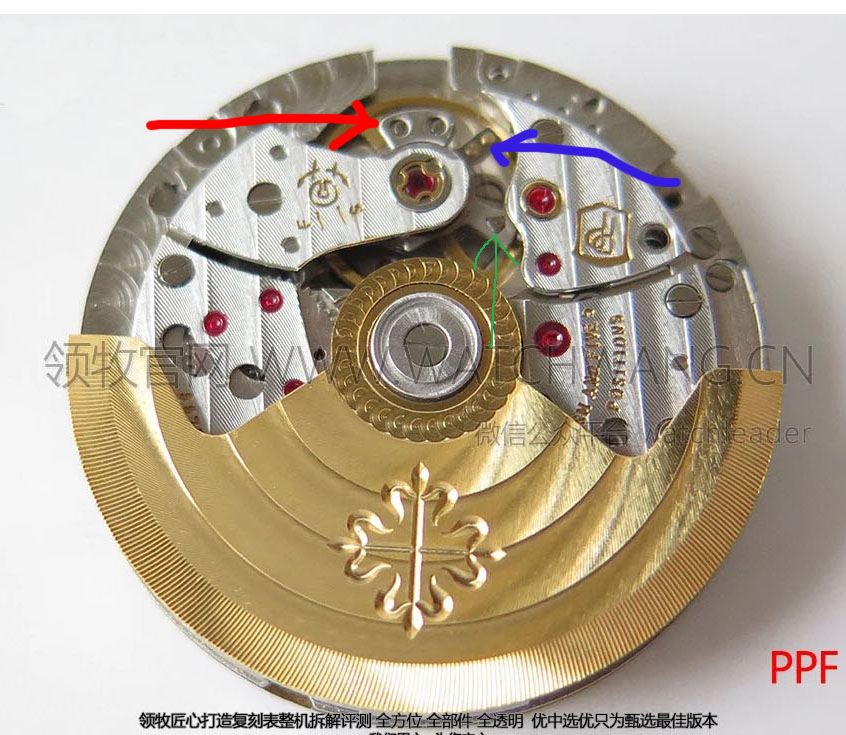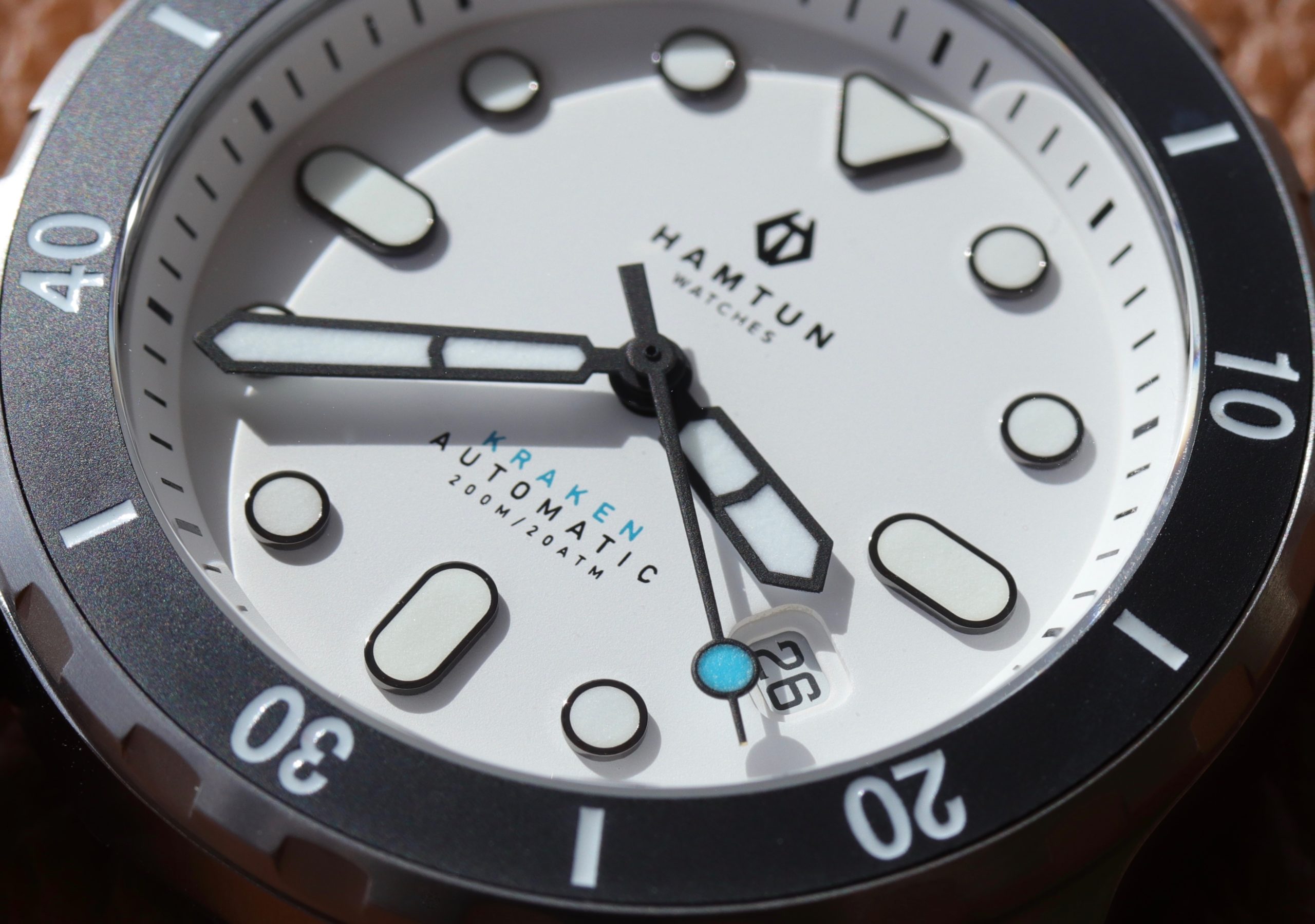WildSpectra Mobile is an adaptation of my desktop application by the same name, WildSpectra (a collaborative effort with Dr. Haven Wiley), to the Android operating system. It provides real-time scrolling audio spectrograms (sonograms) on handheld computing devices. It also provides waveform and spectrum views, as well as a level meter. Nov 17, 2019 Once you have your watch timegrapher set up on your desk or table, it is time to take your readings. Follow the steps below to find out how accurate and precise your watch is. Position the watch on the stand. Take a look at the watch stand. The left-hand side has a metal bracket, and to the right there is a plastic bracket which you can.
Collectors of vintage watches tend to be fans of the old days and the old ways, but we’ll always take time-saving inventions when we can find them. If you don’t have a timing machine, you really need one.
In the old days, watch adjusting could take weeks. After an adjustment, the watch was set to a standard time (or its deviation was noted) and then left in a position for a day. The next day, the rate was noted, allowing a calculation of how slow or fast the watch ran in that position. If necessary, the watch was adjusted again, wound, and left to sit for another day. Adjusting a watch to 6 positions was a drawn-out affair.
A big factory would have a lot of watches sitting around, ticking merrily until the next visit to the adjuster. In his great book on Illinois wrist watches, Fredric Friedberg mentions the factory’s “timing room,” where workers kept “hundreds of watches wound while they were being tested for accuracy” (p. 25). One can only imagine the sound. (I doubt I could be trusted around so many 16-size Bunn Specials…)
The invention of timing machines was a huge leap for adjusting. Books from the 1940s and 1950s describe them as a genuine marvel, and they were—they allowed watchmakers to diagnose faults and to shave days off the time needed for positional timing.
Timing machines show us three things that we really need to know to make a watch run accurately:
- The watch’s instantaneous rate—how fast or slow it is within a small window of time (e.g., 2, 4, 10, or 30 seconds) right now. Based on that, we can estimate the watch’s daily rate—how slow or fast it would be across 24 hours.
- The watch’s amplitude, a crucial factor in watch adjusting. We’ve talked about how we need an amplitude of at least 270 degrees in the horizontal positions and 220 degrees in the vertical positions. And we also need to read the rates at low amplitudes so we can find poise errors. Without a timing machine, this is tedious and complicated.
- The behavior of the escapement. When a watch runs well, it leaves two clean, parallel traces as it ticks merrily along. Many problems—from rubbing hairsprings to knocking to problems in the gear train—reveal themselves in particular patterns of timing traces. We’ll see many of these throughout this blog and describe them as they come up.
Like everything else, timing machines span the price range from startling to free, from the high-end Witschi machines found in commercial shops to the humble Made-in-China Timegrapher to free open-source software.
The expensive options are a poor value for the hobbyist and collector. It’s important to step back and realize that a timing machine isn’t performing rocket surgery: it is detecting sounds, measuring intervals between them, and doing some simple math. The modern timing machines have pretty displays and neat functions, but underneath they are merely doing what the Watchmaster machines and Greiner Vibrograf machines from the 1940s and 1950s did. Cutting-edge technology this isn’t.

In his video description, Christian at the Watch Guy points out that his Timegrapher and Witschi give identical readings. Others have compared expensive Witschi machines to inexpensive smartphone apps and open-source programs and found similarly strong agreement.
Your first decision is probably between a timing machine versus timing software. Machines, like the Witschi and Timegrapher, have integrated displays and work right out of the box—turn them on, put the watch on the microphone, and get to it.
Timing software, in contrast, gets installed on your computer and reads the ticks from a microphone. The watch forums buzz with updates on the latest software options. These range from simple smartphone apps that tell only the rate to full-featured timing programs that run on a PC. The virtue of this approach is that you can upgrade your software without replacing a whole unit. And some options are free and open-source, although there’s some art and expense in finding and connecting the right kind of microphone.
Our humble blog focuses on adjusting rather than general-purpose watchmaking, so I encourage you to view the videos below—by the ever-capable and informative Christian and Mark—for the nuts-and-bolts of using and reading a Timegrapher. Happy ticking!
Looking to regulate a watch? We must warn you first. This post is only for accuracy nerds! Those who want to reach the absolute best possible accuracy for their quality movements!
If that is your case, then read below where we will be sharing quick ways of regulating your watch accuracy by following three easy tips.
First, let’s start by calculating the accuracy of your mechanical watch on Toolwatch.io to get a reference measure without needing a timing machine. You want to know if your watch is running too slow or too fast in order to correct it accordingly.
Keep in mind that you must continuously take care of your mechanical movements and watches which are running 24 hours a day. As you know, these small marvels of engineering are made of hundreds of components and requires good attention and maintenance to deliver the best performance and avoid visiting the watch repair too often!
As you might already know, the oscillating spring is almost doing 5 millions vibrations a week without the help of any electrical power! All this activity can damage components over time with oils eventually drying. You should as well keep your watch clean, your timepieces need the utmost care and ultimately this will also impact the way your watch is running.

A photo posted by Toolwatch ⌚️ (@toolwatchapp) on
Regulating the accuracy of a mechanical watch
Following your watch accuracy result obtained using the Toolwatch app, three cases can be listed if your accuracy is not between the -10/+10spd (sec per day) range. As a reminder, usually we consider accuracy within that range to be acceptable but this can be challenged depending on the certification of your watches.
Here are the three options that we can consider:
- Your watch is losing time (between -20spd and -10spd):
In this case, you are looking to gain more seconds per day. The recommendation is to lay the watch flat for a few hours so that the dial is put uppermost.
Losing time is usually considered as the worse scenario as this will get you late all the time and you don’t want that.

- Your watch in running a bit too fast (between +10spd and +25spd):
Here, you are looking to lose a few seconds per day in order to compensate. You will there need to put the watch vertically on the case side, with the crown facing downwards.
- Your watch is running way too fast (above +25spd):
Put your watch vertically on the case size as well, but here with the crown on top. This action will help you slowing down the watch.
So, in order to regulate the accuracy of your watch, depending on the three cases, simply place your watch in the correct direction on your night table before sleeping. Everyone needs a good rest!
For all other measures (below -20spd and above +50spd), you should definitely get your watch serviced by a watchmaker. You may have issues with magnetism on your balance wheel or water resistance and the best thing to do is give your watch to expert hands.
Overall, what is important is the consistency of the accuracy of your watch. A watch can always be adjusted if it operates consistently. However if it doesn’t, then you might need to consider having moving the regulating operations to expert hands with a proper watchmaker.
Timegrapher Questions | Omega Forums
One last thing! Did you know that those tips were originally given by Rolex in the box of each watch they were selling? This was actually the guarantee paper that owners should attach whenever their watch was being returned for servicing. Such card is now a collector’s item!


Watch Timegrapher App
These watch tips are quite unknown, feel free to share them with any other watch fan!